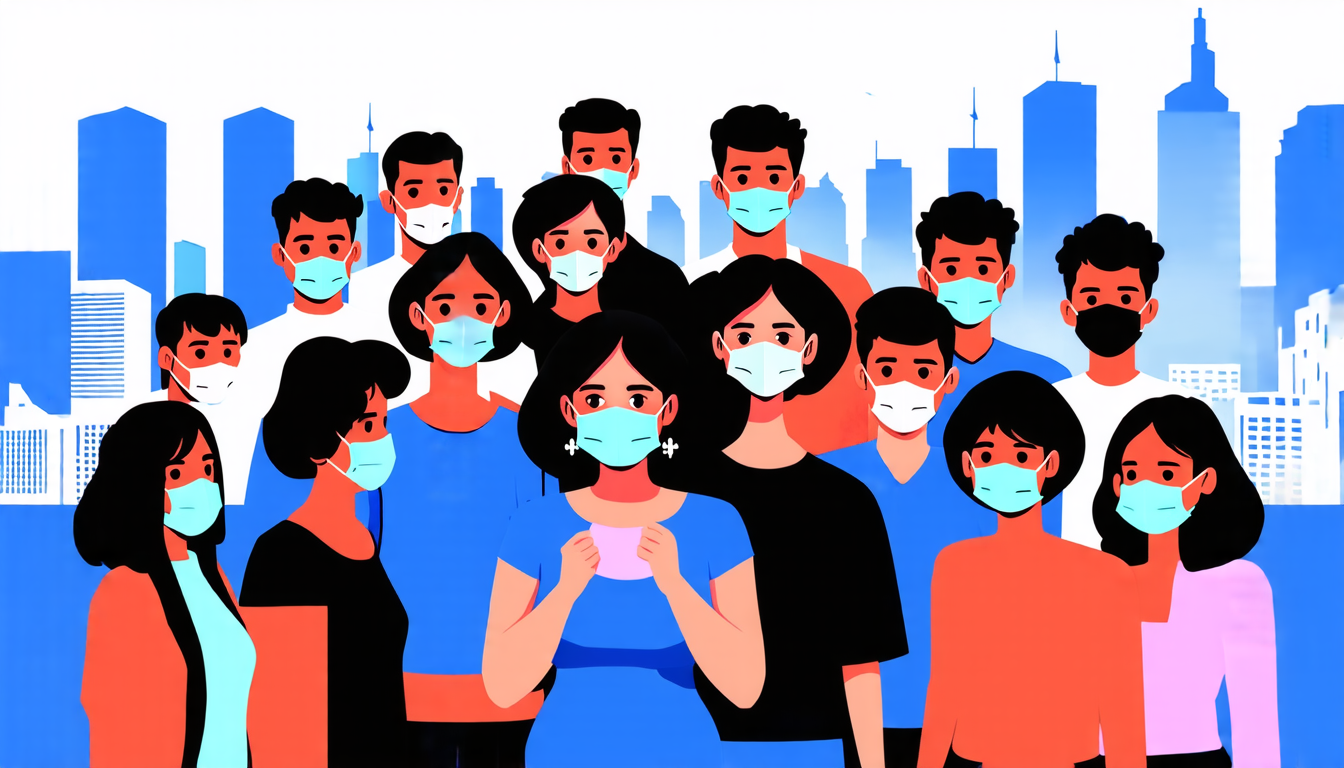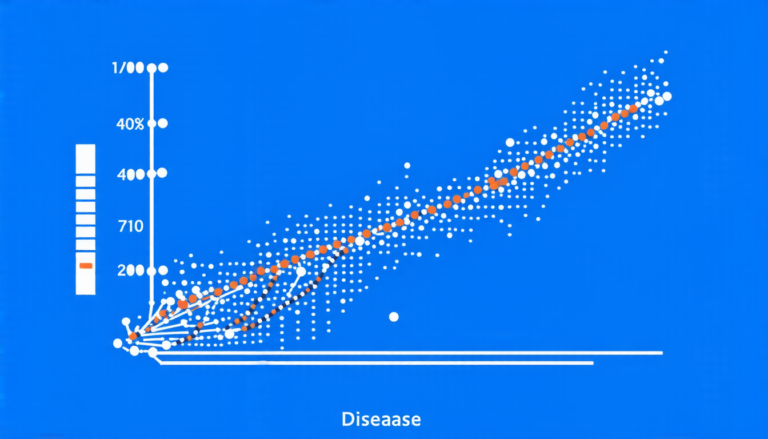Wednesday 09 April 2025
A new approach to modeling the spread of contagious diseases has been developed, offering a more accurate and realistic representation of how infections spread. This model takes into account the complex interactions between individuals in a population, as well as the varying rates at which people become infected and recover.
Traditionally, epidemiological models have relied on simple assumptions about human behavior and disease transmission. However, these simplifications can lead to inaccurate predictions and a poor understanding of how outbreaks unfold. The new model, developed by researchers from Universidad Nacional de Tres de Febrero, seeks to address this issue by incorporating more realistic assumptions about individual behavior.
One key feature of the new model is its ability to account for the dynamic nature of human interactions. In reality, people do not simply move through a population in a random and uniform manner. Instead, they tend to cluster together in social groups, which can greatly influence the spread of disease. The new model incorporates this clustering behavior, allowing it to more accurately predict how infections will spread.
Another innovation of the new model is its use of a non-homogeneous Markov process. This approach allows the model to capture the varying rates at which people become infected and recover over time. In reality, these rates can change dramatically in response to factors such as public health interventions or changes in population density. The new model’s ability to adapt to these changing conditions makes it a more accurate tool for predicting the spread of disease.
The researchers tested their model using data from several countries, including Argentina and Uruguay. They found that the model was able to accurately predict the number of cases and deaths due to SARS-CoV-2, even in the early stages of the outbreak when little was known about the virus.
This new approach has significant implications for public health policy. By providing a more accurate understanding of how diseases spread, it can help policymakers make more informed decisions about how to respond to outbreaks. This could include targeting specific groups or areas with interventions, rather than relying on blanket measures that may not be effective.
Overall, the development of this new model represents an important step forward in our ability to understand and combat contagious diseases. By incorporating more realistic assumptions about human behavior and disease transmission, it offers a more accurate tool for predicting the spread of infection and informing public health policy.
Cite this article: “Unlocking the Secrets of COVID-19s Early Spread: A Novel Mathematical Model Reveals Hidden Patterns”, The Science Archive, 2025.
Epidemiological Models, Contagious Diseases, Human Behavior, Disease Transmission, Population Dynamics, Markov Process, Sars-Cov-2, Public Health Policy, Outbreak Prediction, Disease Spread







